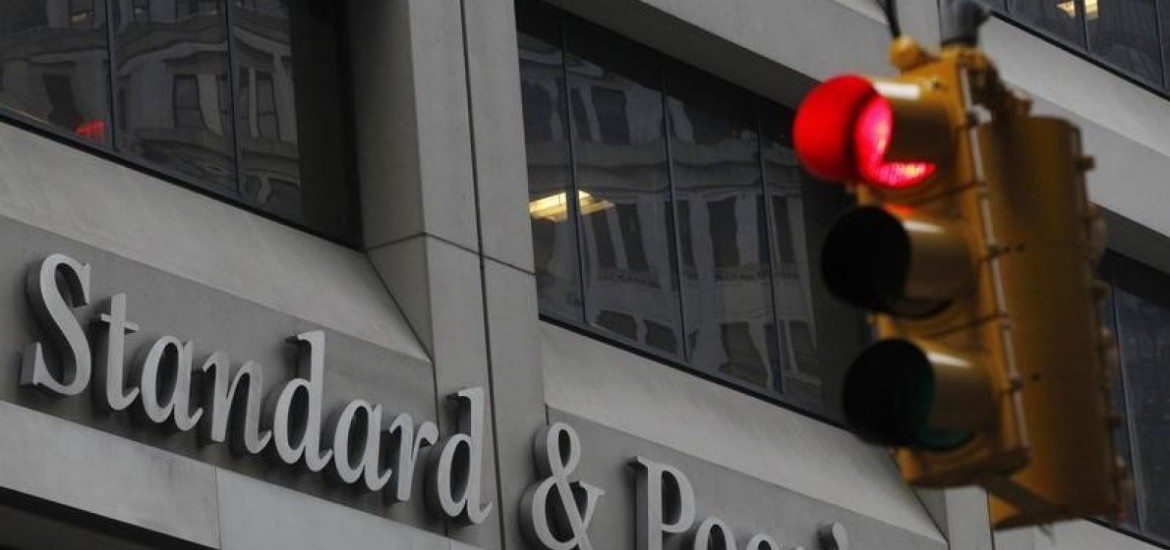
After a less-than-impressive debut in February which brought the index to 22-month lows, the S&P 500 rebounded swiftly and is now looking better. This increase in the index was mainly caused by the tech and banking sectors, along with other good news coming from various other domains, like good economic data and slightly more oil-related optimism.
Given the latest 1, 1% increase for the trading session, the S&P 500 has recovered more than half of the loss it had in 2016. News from the U.S. economy is getting slightly better, so we might see a challenge of the 2015 maximums sooner than we originally expected. A good number of economic indicators are leading to further growth, like good jobless claims reports as well as an increase in durable goods orders. Inflation also seems to be kept well under control, so there are no immediate economic worries from the U.S.
Although the general consensus is one of growth, most analysts have reduced their overly-optimistic initial predictions for 2016. Tumbling oil prices as well as geopolitical issues, combined with a slow growth in emerging economies caused people to be a little more reserved with their 2016 predictions. The U.S. stock market is poised to do well, together with the entire U.S. economy, but the rest of the world will still take its toll.
All the major groups of the S&P 500 have grown in recent times, but the main drivers were the financial and tech sectors, with some star performers like JP Morgan Chase, Citigroup and Salesforce.com. Energy stocks also recovered some of the previous losses, with some much-needed oil stability contributing to better developments across the energy sector.
To sum up, investors must be very careful on how and when they trade the S&P 500. Buying dips is still probably the best bet, as the long-term trend looks rather well, but sudden news can have devastating impact. Set smaller stops than usual and watch your trades a little more, especially in the first few hours.
